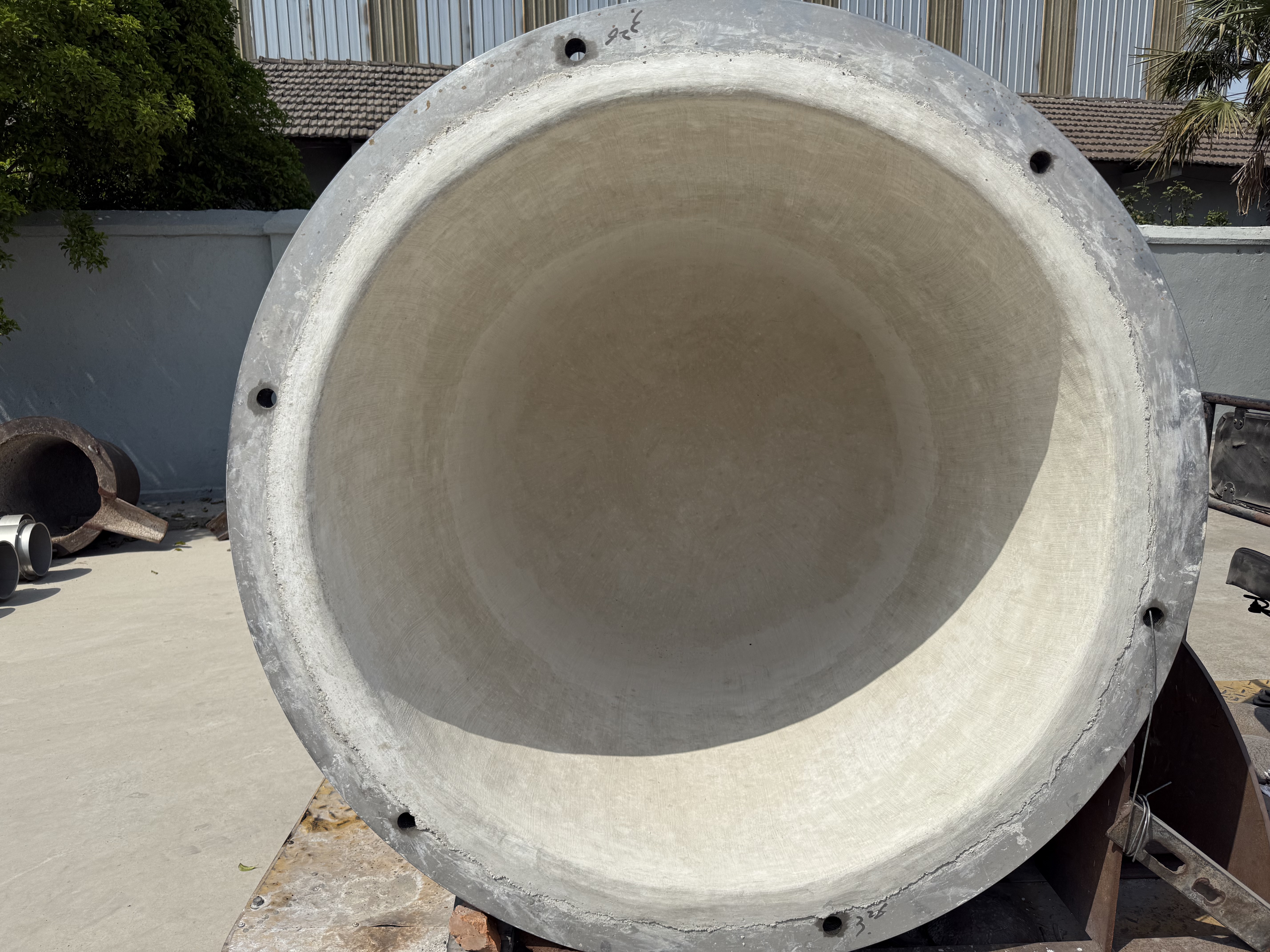teaching the crucible
Teaching The Crucible, Arthur Miller's powerful dramatic work, involves a comprehensive approach that combines historical context, literary analysis, and modern relevance. This masterpiece serves as an excellent teaching tool for exploring themes of mass hysteria, moral integrity, and social justice. The teaching process typically incorporates various technological resources, including digital annotations, interactive discussion boards, and multimedia presentations that enhance student engagement. Educators utilize online platforms to facilitate virtual discussions, share supplementary materials, and conduct assessments. The teaching methodology includes analyzing character development, examining historical parallels between the Salem Witch Trials and McCarthyism, and exploring contemporary connections. Modern approaches to teaching The Crucible often incorporate social media elements, allowing students to create character profiles or digital storytelling projects. Through careful scaffolding, teachers guide students through complex themes while developing critical thinking skills, emotional intelligence, and literary analysis capabilities. The teaching process also emphasizes the play's relevance to current events, encouraging students to draw parallels between historical witch hunts and modern-day social phenomena.


